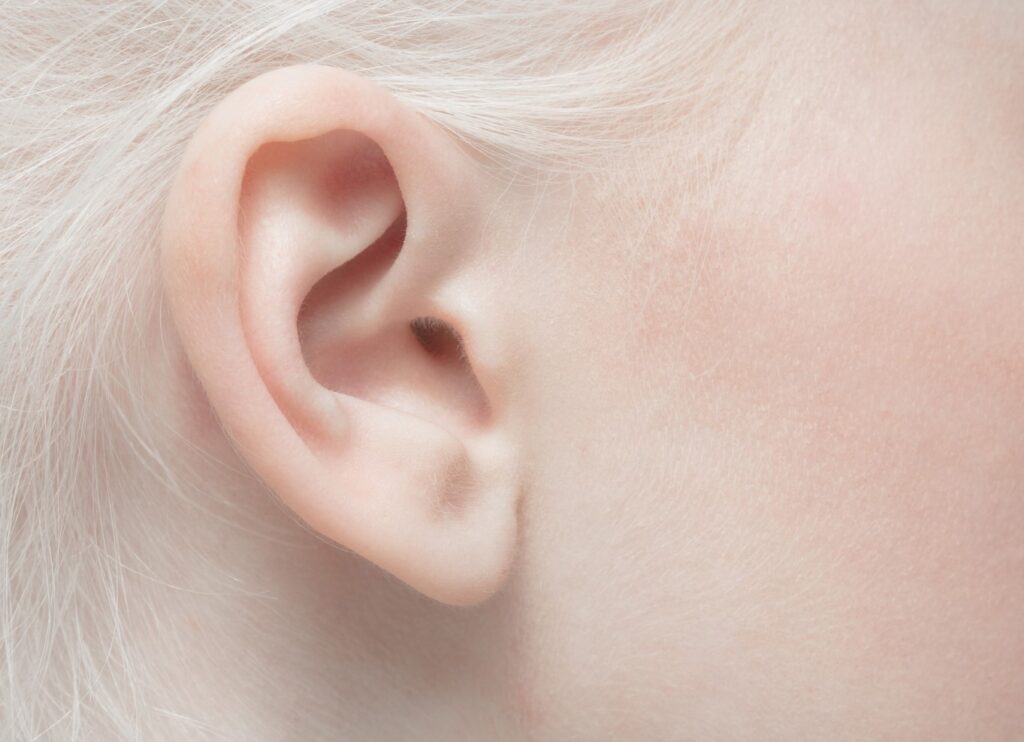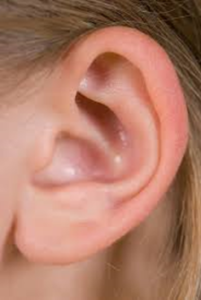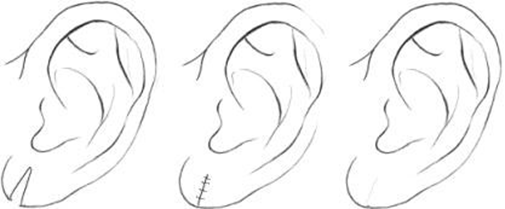Ear Lobe Repair in Singapore


What Can Happen?
When the piercing holes are stretched, earrings can slip down and not stay in place, making it difficult to wear certain earrings.
The bottom of the piercing holes may wear through completely, resulting in the earlobe splitting or tearing, at which point it becomes impossible to wear earrings.
Our Clinic Location
Mount Elizabeth Novena Specialist Centre
#10-26/27,
38 Irrawaddy Road
Singapore 329563

